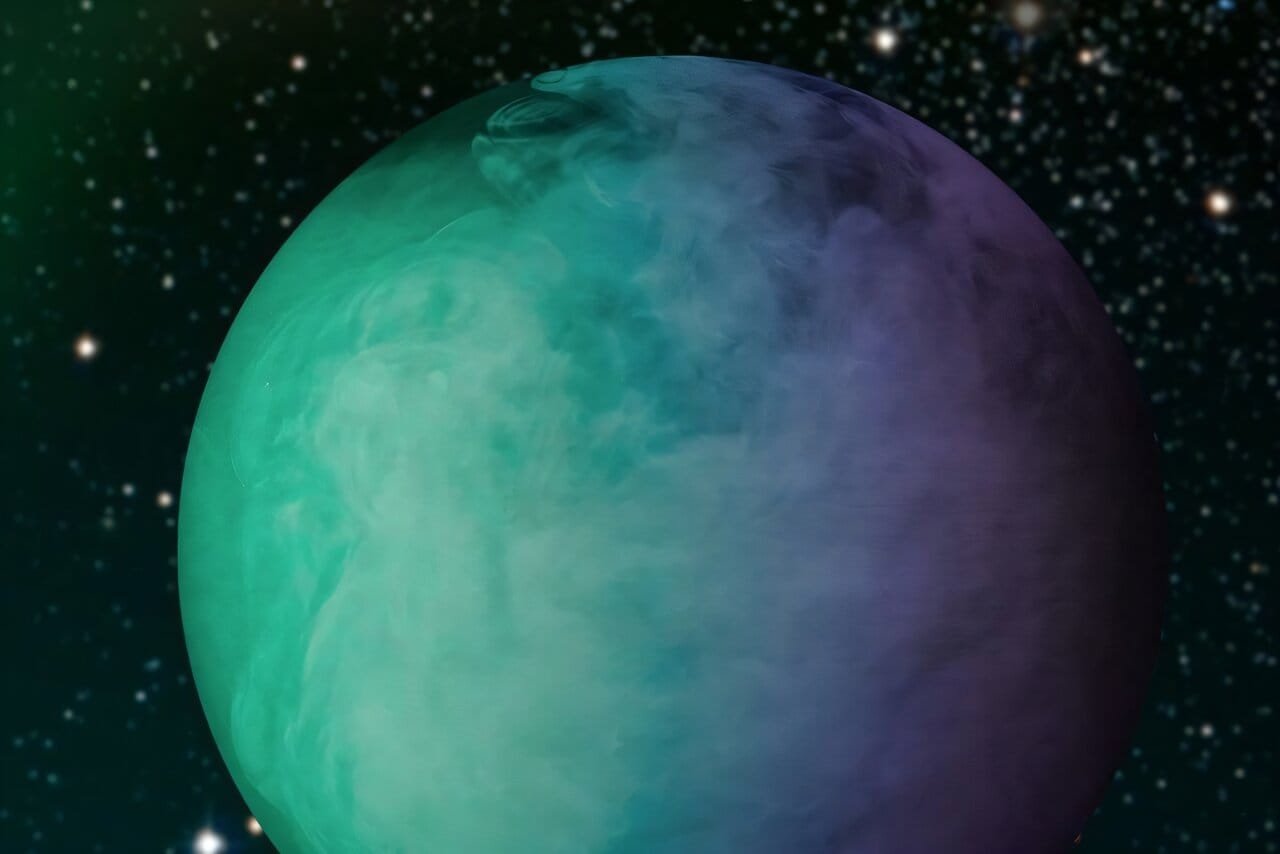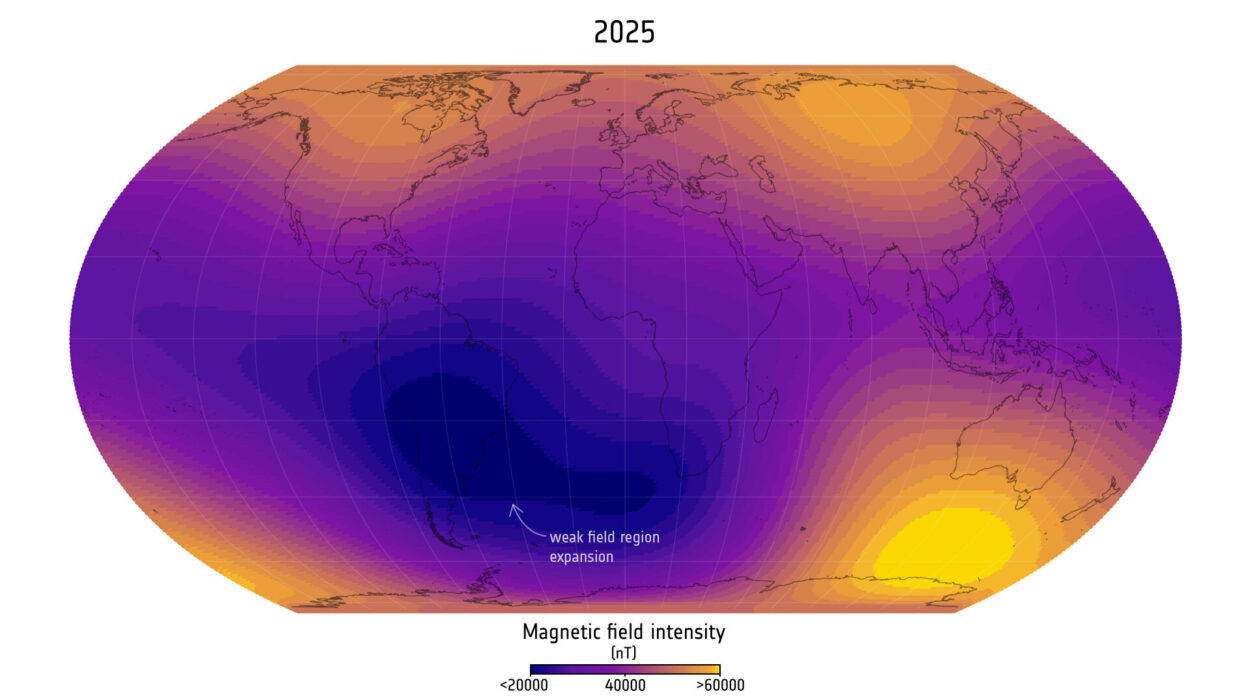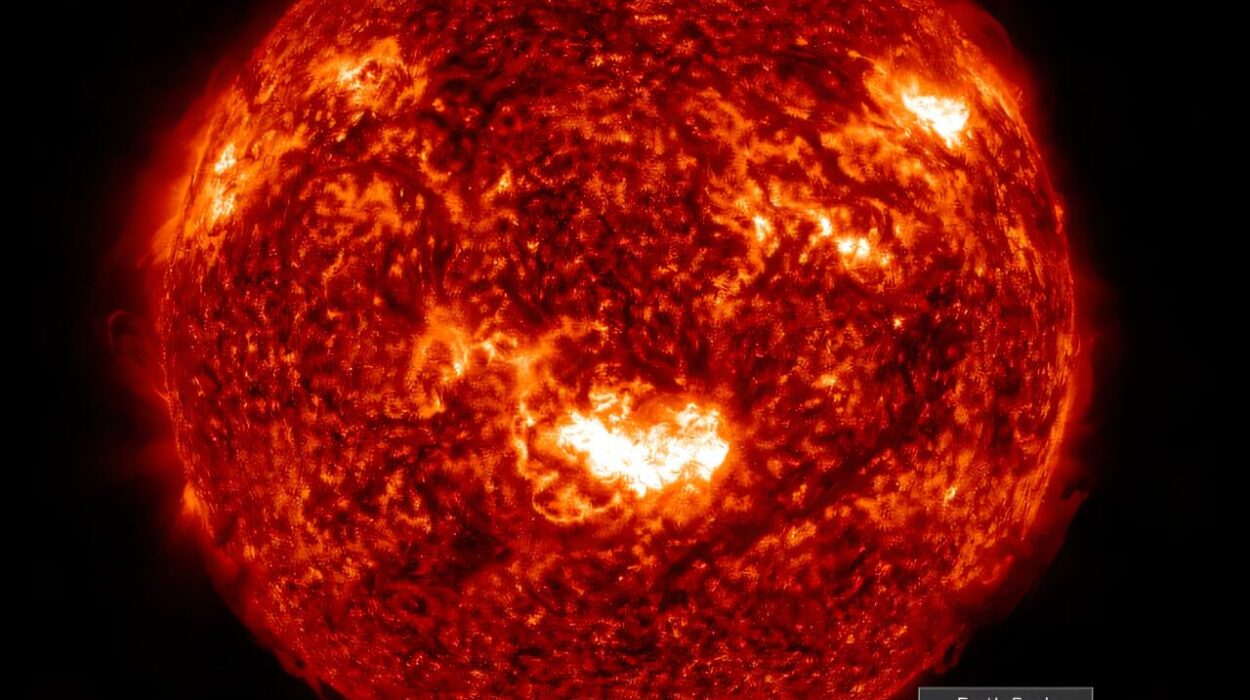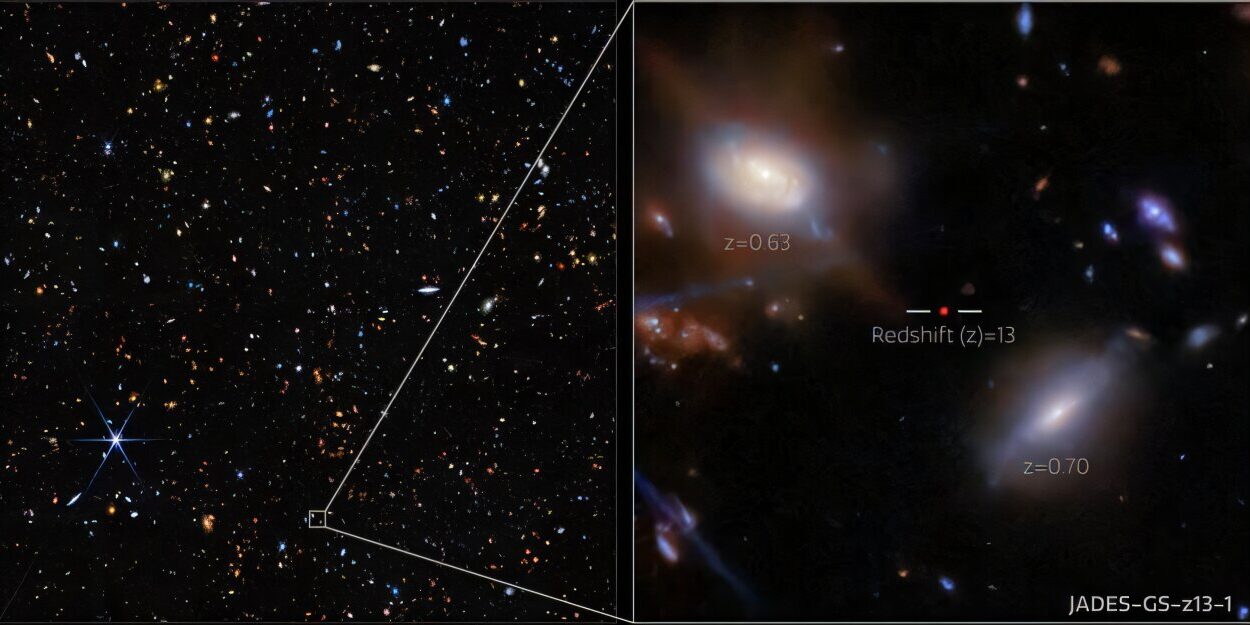Atmospheric escape isn’t a flaw in planetary design. It’s a part of evolution—one that can decide the difference between a vibrant, ocean-covered oasis and a desolate, airless rock. For astronomers searching the skies for Earth’s siblings, this makes it a puzzle worth solving. And now, a new vision is forming among the stars: a proposed space telescope that could pull back the curtain on these vanishing skies and reveal whether distant exoplanets can truly be called habitable.
The Hazy Line Between Alive and Alone
At the heart of the universe’s grandest question—Are we alone?—is another, quieter one: Can other worlds hold onto their breath? The air we breathe, the oceans that cradle life, even the climate we depend on—all depend on a planet’s ability to keep its atmosphere intact. Lose that, and the building blocks of life drift into the void.
The 2020 Decadal Survey in Astronomy and Astrophysics, a major scientific consensus known as Astro2020, declared this search for habitable exoplanets the field’s top priority. In its report Pathways to Habitable Worlds, scientists emphasized that to find life, we must first find stability—atmospheric stability.
But this stability doesn’t come easy. Especially for planets orbiting young, active stars, the early years are a crucible. Bombarded by intense ultraviolet radiation and stellar winds, they often lose massive portions of their gaseous envelopes. Some are stripped bare. Others survive, but not unscathed. How a planet weathers this assault can determine everything: whether it becomes a second Earth, a steamy Venus, or a barren Mars.
And unlike the planets of our own solar system, which have long since passed their volatile youth, many exoplanets are still in that fiery, fragile stage. Which makes them perfect laboratories for studying the forces that sculpt planetary atmospheres.
The Promise of a New Eye in the Sky
Enter the Habitable Worlds Observatory, or HWO—a bold and transformative telescope concept that could become the most powerful tool yet for observing exoplanetary atmospheres. If it gets built.
Still in the planning phase, the HWO is envisioned as a space-based observatory with the unique ability to study planets in ultraviolet (UV), optical, and infrared light simultaneously. With a mirror possibly as wide as eight meters and potentially outfitted with a starshade—a massive, precisely aligned shield designed to block starlight—the HWO could see planets that are currently invisible to us. Not just gas giants or molten super-Earths, but smaller, cooler, more Earth-like worlds that might harbor life.
But the HWO’s true superpower lies in its ultraviolet capabilities. UV light is key to observing atmospheric escape, and no current or planned telescope can match the HWO’s potential sensitivity in this spectrum. That’s what has researchers like Leonardo Dos Santos from the Space Telescope Science Institute and Eric Lopez from NASA’s Goddard Space Flight Center so excited. Their recent research outlines how the HWO could not only detect atmospheric escape in exoplanets—but measure it in detail, planet by planet.
Watching a Planet Lose Its Breath
Atmospheric escape is the gradual leaking—or sometimes explosive venting—of particles from a planet’s upper atmosphere. It happens in different ways. On young planets especially, intense stellar radiation heats the atmosphere until hydrogen and helium break free and drift into space. Over time, this can strip a world of its protective layers, its water, and even its capacity to host life.
To understand this escape, astronomers use transit spectroscopy—a technique that involves studying the light of a star as a planet passes in front of it. When that light filters through a planet’s atmosphere, it carries the chemical fingerprints of the gases present. In ultraviolet wavelengths, it can reveal escaping hydrogen, oxygen, and even metals.
The proposed HWO would be exquisitely sensitive to these signals. Dos Santos and Lopez emphasize that UV transit spectroscopy with HWO would allow scientists to answer a question at the very foundation of exoplanet science: How efficiently can planets retain their atmospheres, and thus remain habitable?
The authors envision two major directions for this investigation. One would focus on Earth-like exoplanets in their stars’ habitable zones, seeking signs of large, hydrogen-rich exospheres—the thin outer shell of an atmosphere where gases begin to slip away. The other would survey a wide range of exoplanets across masses, sizes, and ages—from hot Jupiters to cool Neptunes—to build a model of how escape behaves under different conditions.
Atmospheres Tell a Planet’s Story
When astronomers measure atmospheric escape, they’re not just reading the present—they’re uncovering a planet’s past. Every puff of gas that escapes carries with it a clue: what the atmosphere used to be, how thick it once was, what chemicals it contained.
Planets often begin life with thick, primordial envelopes of hydrogen and helium—leftovers from the gas clouds that birthed them. But if those early layers are lost, the planet might transform, cooling and condensing into a rocky world with a thinner, secondary atmosphere. This transformation could open the door to habitability—or slam it shut.
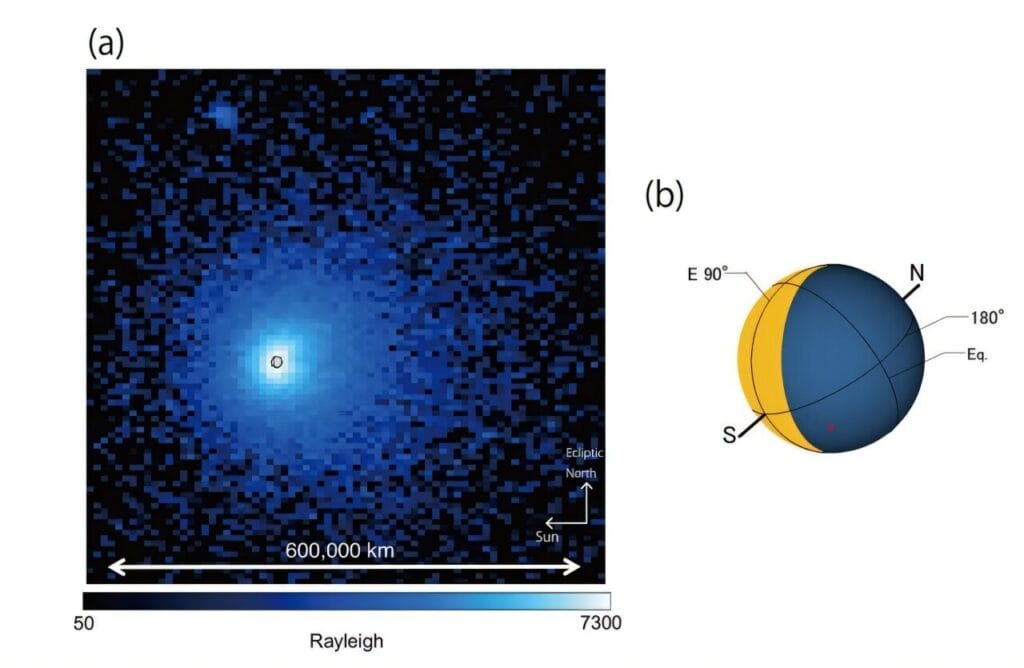
By studying the rates and compositions of atmospheric escape, scientists hope to reverse-engineer a planet’s journey. They want to know not just what a world is, but what it was and what it could become. Did it once resemble a mini-Neptune, only to become an Earth-like terrestrial planet? Or did it always exist on the razor’s edge of atmospheric collapse?
Even more tantalizing is the possibility that signs of escape could hint at liquid water. On Earth, hydrogen atoms in the exosphere come from water molecules—split by sunlight in the lower atmosphere and carried upward. If astronomers detect similar hydrogen-rich exospheres on distant exoplanets, they may be glimpsing not just an atmosphere—but an ocean.
A Race Against Time—and Politics
The vision for the HWO is ambitious. But like all space-based dreams, it is vulnerable—not to the vacuum of space, but to the shifting tides of political will.
Despite broad support within the scientific community, the HWO remains a proposal. Building it will take decades of funding, coordination, and public backing. Its roots lie in the designs of past missions like LUVOIR and HabEx, which laid the groundwork for combining powerful optics with ultra-sensitive UV detectors. But the telescope faces uncertain odds, especially in an era where space science funding often contends with short-term politics and economic headwinds.
That makes the current research even more urgent. By clearly defining what HWO could do—what questions it could answer that no other instrument can—scientists are building the case, brick by brick, for its necessity.
And they’re doing so not just for the sake of knowledge, but for the next generation of explorers. Because when we look to the stars, we’re not just dreaming of other Earths. We’re learning what makes this one so rare, so fragile, and so profoundly alive.
The Living Edge of Science
In the end, the search for atmospheric escape is a search for persistence. For planets that hold on—through cosmic storms, stellar tantrums, and the violent years of youth. It’s a search for worlds that manage, against the odds, to keep breathing.
And maybe, just maybe, for one that breathes like us.
The HWO, if realized, will not simply be a telescope. It will be a time machine, a detective, a poet. It will watch exoplanets losing their skies and help us understand what that means for life—there, and here. It will teach us how to recognize resilience when we see it in a flicker of ultraviolet light, 100 light-years away.
But for now, it remains a vision—one that hangs, like the atmospheres it seeks to study, at the edge of gravity and flight. Waiting to rise.
Reference: Leonardo A. Dos Santos et al, Exoplanet Atmospheric Escape Observations with the Habitable Worlds Observatory, arXiv (2025). DOI: 10.48550/arxiv.2507.07124
